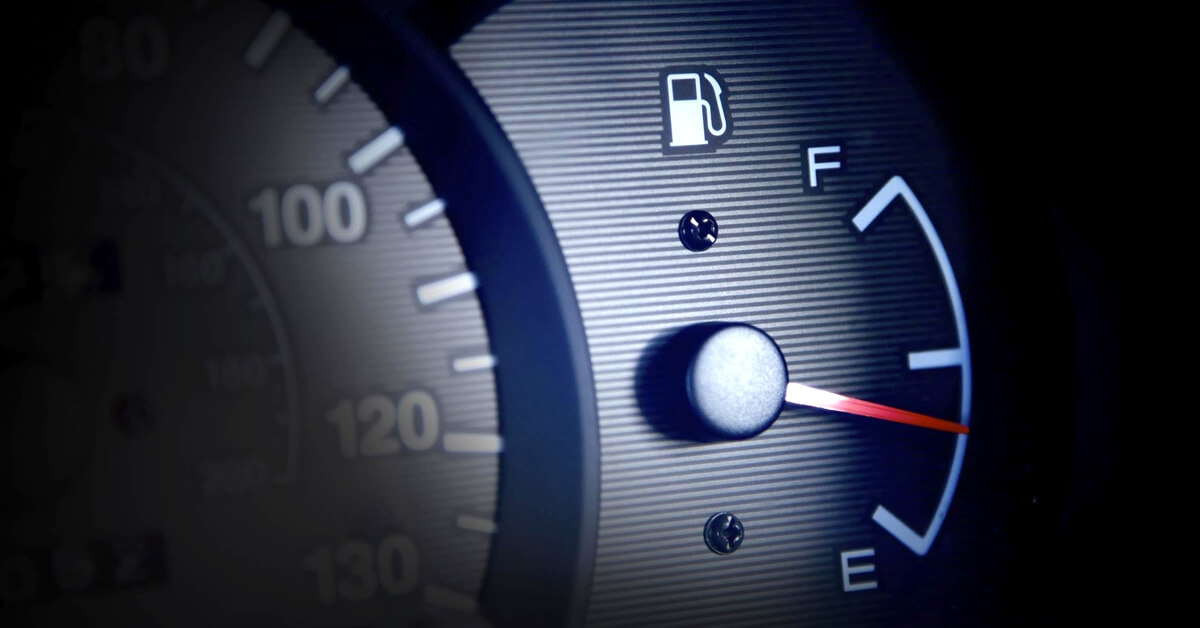8 Effective Ways to Improve Your Fuel Efficiency
Different driving techniques that could help you avoid wasting fuel.

Find your tyre
READ THE DIMENSIONS OF TYRES

Fuel efficiency is a major concern for any car owner. Having an improved fuel efficiency is not only cost-effective for you but when you use less fuel you also create fewer emissions which is better for the planet. Buying a fuel-efficient car is one of the first steps toward achieving better fuel efficiency. However, your driving style also impacts fuel consumption. Below we have some of the important factors that could help you get better fuel economy from your car.
Here Are the Top 8 Ways to Improve the Fuel Efficiency
1. Maintain your car
The car’s maintenance schedule exists for a reason. Therefore, don't miss routine check-ups. Make sure you are using the right oil for your car and remember to change your engine oil frequently. Checking the suspension, changing the air filters, proper tyre care etc. are all important maintenance services that enable the electrical and mechanical components of your car to function smoothly and ultimately pay off by improving your fuel economy.
2. Tyre pressure
Regularly check the pressure of the tyres. Tyres that are over-inflated are hazardous because they reduce traction and increase tyre wear at the centre. Tyres that are under-inflated are risky too, and they can increase fuel consumption by up to 5%. So, regularly check the tyres on all four wheels. Most cars have a sticker with the recommended pressure on the driver’s door. If you are not sure you can get the tyre pressure checked at any of the gas stations or tyre shops in the UAE.
Additionally, instead of normal air inflation, you could also go for nitrogen inflation for better fuel efficiency and increased tyre life.
3. Shed weight and drag
Weight means increased fuel consumption. Make sure your boot isn’t full of things you don’t really need. Unnecessarily carrying heavy objects will only force the engine to consume more fuel to move more weight. Another useful advice is don’t interfere with your car’s aerodynamics. The roof is a good place for large heavy items. However, keep in mind heavy items on the roof of a vehicle increase drag costing you quite a bit of money in lost fuel economy. So, to improve your fuel economy, take off the roof rack if you haven't used it in a while.
4. Air-conditioning
Do not over use the heater or the air-conditioning as they both use extra fuel. Always make sure you close the windows when driving at particularly high speeds. Having these open disrupts the flow of air over the car causing extra drag meaning your engine consumes more fuel. When driving at high speeds it’s ideal to keep the AC on and the windows up to save fuel.
5. Switch Off
While driving in urban areas, if your car has a start stop function that shuts off the engine at traffic lights, use it. But if your car lacks this function it is not advised to switch off the engine every time you wait for a traffic light to turn green. The reason is, modern cars with start-stop systems have a bigger battery with start-stop technology and a different starter motor, while older cars will run out of battery if you keep starting and stopping the engine all through your journey.
6. Stay one step ahead of the traffic
Sounds simple but make sure you plan your journey. The rise in the number of vehicles on roads has affected the driving behavior of vehicle owners. And the way you drive has a big impact on fuel consumption. While driving in the city, anticipating traffic conditions can prevent frequent acceleration and braking. Driving at a sufficient distance away from the vehicle in front can help you maintain a steady speed and use less fuel.
7. Use engine braking
Use gravity to your advantage. When driving down-hill shift into a lower gear and take your foot off the accelerator to maintain your speed. So, you'll almost burn zero fuel until you push the accelerator again.
8. Shift gears
Another driving tip is to shift gears early. The majority of modern cars are equipped with shift indicators, so you will know when it’s the right time to shift up or down. For older cars, this should be mentioned in the user’s manual. There you will find the recommended engine speed for each gear helping you prevent excessive fuel consumption..
Regularly maintaining the tyres is always advisable. But it’s not just about the tyre care and maintenance, the fuel economy can be influenced by the kind of tyres on the car. For e.g., MICHELIN® Energy tyres is a line of products best suited for the energy conscious ones, providing outstanding fuel efficiency. They can be found in any of the nearest TYREPLUS tyre shops in UAE. A massive amount of fuel may not be saved by all the tips individually. Yet bring together, and you will start to see the benefits straight away.
